Home>Construction & Tools>Building Materials>How To Clean Efflorescence Off Brick
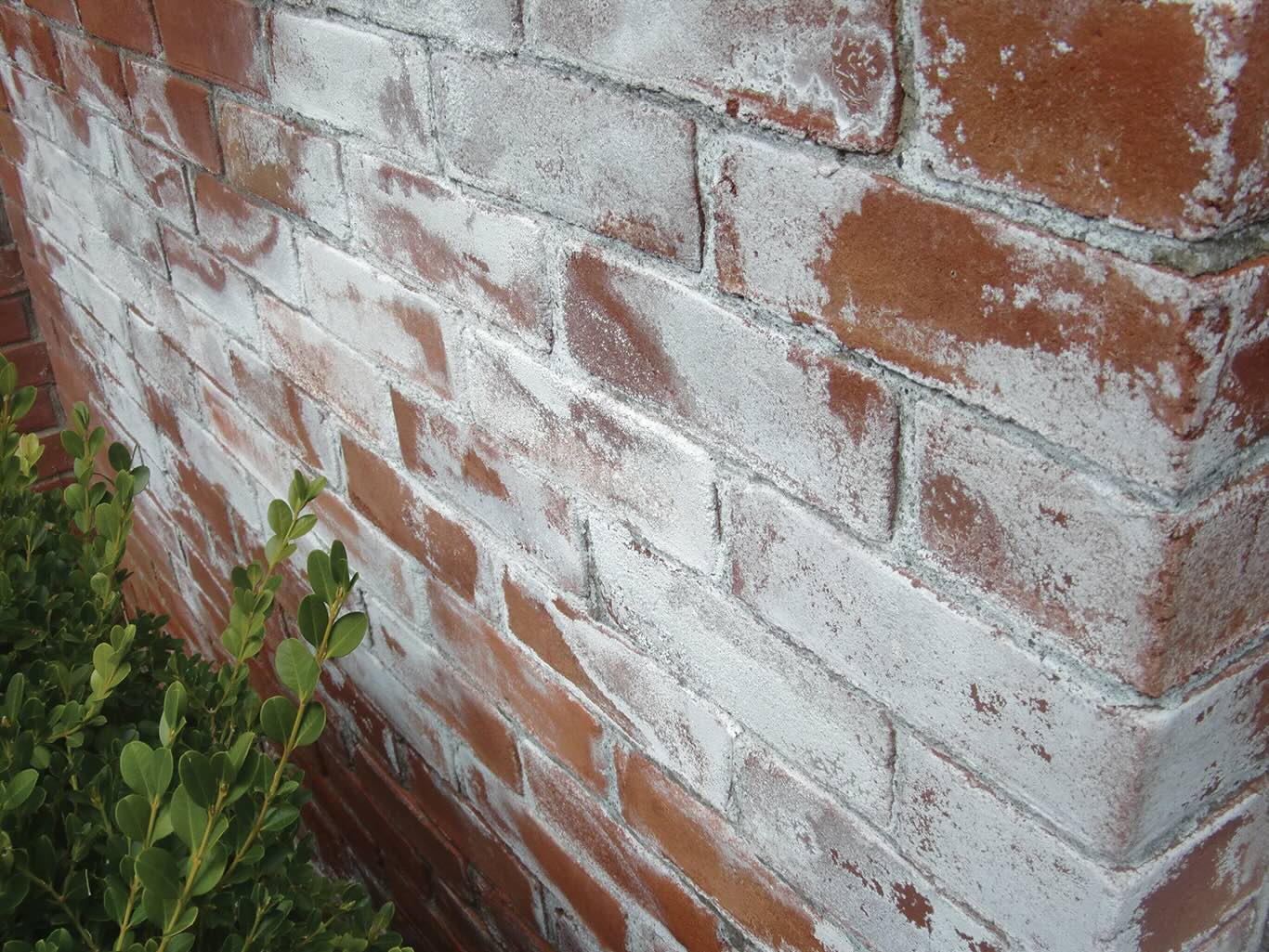

Building Materials
How To Clean Efflorescence Off Brick
Modified: March 9, 2024
Learn effective techniques for removing efflorescence from brick using common building materials. Keep your brick surfaces looking clean and well-maintained.
(Many of the links in this article redirect to a specific reviewed product. Your purchase of these products through affiliate links helps to generate commission for Storables.com, at no extra cost. Learn more)
Introduction
Welcome to the world of brick masonry, where timeless elegance meets sturdy construction. Bricks have been a staple in architecture for centuries, adding character and strength to buildings around the globe. However, even these durable materials are not immune to the effects of nature.
One common issue that plagues brick surfaces is efflorescence, a phenomenon that can detract from the beauty of your masonry. Efflorescence appears as unsightly white deposits on the surface of bricks, caused by the migration of soluble salts within the masonry. While efflorescence doesn’t pose a structural threat, it can certainly mar the appearance of your brickwork.
But fear not! With the right knowledge and tools, you can restore your brick surfaces to their former glory. In this guide, we will delve into the world of efflorescence on brick and explore the steps to effectively clean and prevent it. By the end, you’ll be equipped with the expertise to tackle efflorescence head-on, ensuring that your brick structures remain as stunning as the day they were built.
Key Takeaways:
- Efflorescence on brick is caused by soluble salts migrating to the surface, but it can be removed with vinegar or commercial cleaners and preventive measures like proper drainage and sealing can help avoid its return.
- To clean efflorescence off brick, prepare the area, use the right materials and tools, and follow a step-by-step process of applying the cleaning solution, gentle scrubbing, rinsing, and allowing for drying time.
Read more: How To Clean Soot Off Of Brick
Understanding Efflorescence
Before diving into the process of cleaning efflorescence off brick, it’s essential to understand the nature of this phenomenon. Efflorescence occurs when water-soluble salts migrate to the surface of masonry and form visible deposits. These salts are typically present in the materials used to manufacture bricks, such as clay and other aggregates.
Several factors contribute to the formation of efflorescence, including moisture, temperature changes, and the porosity of the bricks. When water infiltrates the masonry, it dissolves the salts within the bricks. As the water evaporates, either through the surface of the bricks or via the mortar joints, it leaves the salts behind, resulting in the characteristic white, powdery deposits.
The appearance of efflorescence is not necessarily an indication of a faulty brick or mortar. Instead, it is a natural occurrence that can affect both new and old masonry. However, it is important to address efflorescence promptly to prevent it from detracting from the aesthetic appeal of your brick surfaces.
Efflorescence can take on various forms, including powdery deposits, crystalline formations, or even a thin, white film on the brick surface. While efflorescence itself does not pose a structural threat, it can be indicative of moisture-related issues within the masonry. Therefore, addressing efflorescence is not only about restoring the visual appeal of your brickwork but also about identifying and mitigating potential sources of moisture infiltration.
By gaining a deeper understanding of efflorescence and its underlying causes, you’ll be better equipped to tackle its removal and implement preventive measures. With this knowledge in hand, you can confidently embark on the journey to rejuvenate your brick surfaces and preserve their timeless charm.
Materials and Tools Needed
Before embarking on the task of cleaning efflorescence off brick, it’s crucial to assemble the necessary materials and tools. Having the right equipment at your disposal will streamline the cleaning process and ensure effective results. Here’s a comprehensive list of the items you’ll need:
Materials:
- Water: A vital component for preparing cleaning solutions and rinsing the brick surfaces.
- Vinegar or Commercial Efflorescence Cleaner: These substances are effective for breaking down efflorescence deposits.
- Protective Gear: Rubber gloves, safety goggles, and a face mask to shield yourself from cleaning solutions and airborne particles.
- Clean Cloths or Soft-bristled Brush: These are essential for applying cleaning solutions and gently scrubbing the affected areas.
- Bucket: To mix cleaning solutions and water for rinsing.
- Plastic Sheeting or Tarp: Used to protect surrounding surfaces and landscaping from cleaning solutions.
- Protective Sealant (Optional): A sealant can be applied after cleaning to help prevent future efflorescence.
Tools:
- Spray Bottle: Ideal for applying vinegar or commercial efflorescence cleaner to the affected areas.
- Soft-bristled Brush or Nylon Bristle Scrub Brush: These are suitable for gently scrubbing the brick surfaces without causing damage.
- Pressure Washer (Optional): If dealing with stubborn efflorescence, a pressure washer can be used with caution to rinse the bricks thoroughly.
- Ladder: If the efflorescence is present on higher sections of the brickwork, a sturdy ladder will be necessary for safe access.
By ensuring that you have all the required materials and tools on hand, you’ll be well-prepared to tackle the task of cleaning efflorescence off brick. Additionally, prioritizing safety by using protective gear and taking necessary precautions will contribute to a smooth and secure cleaning process.
Read more: How To Clean Calcium Off Brick
Preparing the Area
Prior to initiating the cleaning process, it’s essential to prepare the surrounding area to ensure a safe and efficient undertaking. Proper preparation will not only safeguard adjacent surfaces and landscaping but also contribute to a more focused and systematic approach to cleaning efflorescence off brick. Here are the key steps to prepare the area:
1. Clear the Surrounding Space:
Remove any items, furniture, or decorative elements near the brick surfaces to create a clear working space. This includes potted plants, outdoor furniture, and any objects that could be affected by cleaning solutions or water runoff.
2. Protect Adjacent Surfaces:
Cover nearby surfaces, such as concrete walkways, wooden decks, or metal fixtures, with plastic sheeting or a tarp. This precautionary measure will prevent inadvertent contact with cleaning solutions and minimize the risk of staining or damage to these surfaces.
3. Shield Landscaping:
If the brickwork is surrounded by landscaping or vegetation, use plastic sheeting or tarp to shield plants, shrubs, and grass from potential exposure to cleaning solutions and water runoff. This will help preserve the health and appearance of your outdoor greenery.
Read more: How To Clean Concrete Off Brick
4. Test Cleaning Solutions:
Prior to applying any cleaning solutions to the entire brick surface, perform a small-scale test in an inconspicuous area. This will allow you to assess the effectiveness of the solution and ensure that it does not cause any adverse reactions or discoloration. It’s crucial to select a cleaning solution that is suitable for your specific type of brick and mortar.
5. Secure Access and Safety:
If the efflorescence is present on elevated or hard-to-reach areas, use a sturdy ladder to ensure safe access. Additionally, wear appropriate protective gear, including rubber gloves, safety goggles, and a face mask, to shield yourself from cleaning solutions and airborne particles during the cleaning process.
By meticulously preparing the area before commencing the cleaning process, you’ll create a conducive environment for effectively addressing efflorescence on your brick surfaces. These preparatory measures will help safeguard surrounding elements, streamline the cleaning process, and contribute to a safe and successful outcome.
Cleaning Efflorescence Off Brick
Now that the stage is set and the necessary preparations have been made, it’s time to embark on the process of cleaning efflorescence off brick. This step-by-step guide will walk you through the essential procedures for effectively restoring the pristine appearance of your brick surfaces:
1. Prepare the Cleaning Solution:
If using vinegar, mix equal parts of white vinegar and water in a spray bottle. Alternatively, if opting for a commercial efflorescence cleaner, follow the manufacturer’s instructions for dilution and application. Ensure that the chosen cleaning solution is compatible with the type of brick and mortar you are treating.
Read more: How To Clean Moss Off Brick Pavers
2. Apply the Cleaning Solution:
Generously spray the affected brick surfaces with the prepared cleaning solution, ensuring thorough coverage of the efflorescence deposits. Allow the solution to dwell on the bricks for a few minutes to facilitate the breakdown of the salt deposits.
3. Gently Scrub the Bricks:
Using a soft-bristled brush or nylon bristle scrub brush, gently scrub the treated areas to help dislodge the efflorescence deposits. Exercise caution to avoid aggressive scrubbing, which could potentially damage the brick surface. Take care to cover the entire affected area systematically.
4. Rinse the Bricks:
Thoroughly rinse the brick surfaces with clean water to remove the loosened efflorescence and residual cleaning solution. A gentle stream of water from a garden hose or a low-pressure rinse from a bucket will suffice. Ensure that all traces of the cleaning solution and efflorescence are completely washed away.
5. Evaluate and Repeat if Necessary:
Inspect the cleaned brick surfaces to assess the effectiveness of the initial cleaning. If stubborn efflorescence remains, consider repeating the cleaning process using the same or a slightly stronger cleaning solution. Exercise patience and diligence to achieve the desired results.
Read more: How To Clean Soot Off Fireplace Brick
6. Allow for Drying Time:
After completing the cleaning process, allow the brick surfaces to air dry thoroughly. Observing the dried bricks will provide a clear indication of the success of the cleaning endeavor, as any remaining efflorescence will become visible once the bricks are dry.
By following these meticulous steps, you can effectively remove efflorescence from your brick surfaces, restoring their natural beauty and luster. This proactive approach will not only enhance the visual appeal of your masonry but also contribute to the longevity and resilience of your brickwork.
Preventing Efflorescence
While cleaning efflorescence off brick is a crucial step in maintaining the aesthetic appeal of your masonry, implementing preventive measures can significantly reduce the likelihood of efflorescence reoccurring. By addressing the underlying causes and minimizing moisture infiltration, you can proactively safeguard your brick surfaces against future occurrences of efflorescence. Here are key strategies for preventing efflorescence:
1. Proper Drainage and Ventilation:
Ensure that the area surrounding your brickwork is well-drained to prevent water from pooling near the masonry. Additionally, adequate ventilation in the building structure can help mitigate moisture buildup, reducing the potential for efflorescence formation.
2. Sealants and Waterproofing:
Consider applying a suitable masonry sealant or waterproofing solution to the brick surfaces. These products can create a protective barrier, reducing the permeability of the bricks and minimizing the migration of soluble salts to the surface. Consult with a masonry professional to select an appropriate sealant for your specific type of brick and mortar.
Read more: How To Clean Algae Off A Brick Patio
3. Address Structural Issues:
Identify and address any underlying structural issues that may contribute to moisture infiltration, such as damaged flashing, cracked mortar joints, or compromised waterproofing membranes. Repairing these issues will help prevent water from seeping into the masonry and triggering efflorescence.
4. Regular Inspections and Maintenance:
Conduct routine inspections of your brick surfaces to detect early signs of efflorescence or moisture-related issues. Promptly addressing any emerging efflorescence and addressing potential sources of moisture will help mitigate the impact of this phenomenon and preserve the integrity of your brickwork.
5. Controlled Curing of New Brickwork:
If you’re incorporating new brickwork into a construction project, ensure that the bricks are properly cured and dried before installation. Controlling the curing process and minimizing exposure to excessive moisture during construction can reduce the likelihood of efflorescence appearing on the newly installed bricks.
By integrating these preventive measures into your brick maintenance routine, you can fortify your masonry against the recurrence of efflorescence. Proactive preservation of your brick surfaces will not only enhance their visual allure but also contribute to their long-term durability and resilience against the effects of environmental elements.
Frequently Asked Questions about How To Clean Efflorescence Off Brick
Was this page helpful?
At Storables.com, we guarantee accurate and reliable information. Our content, validated by Expert Board Contributors, is crafted following stringent Editorial Policies. We're committed to providing you with well-researched, expert-backed insights for all your informational needs.
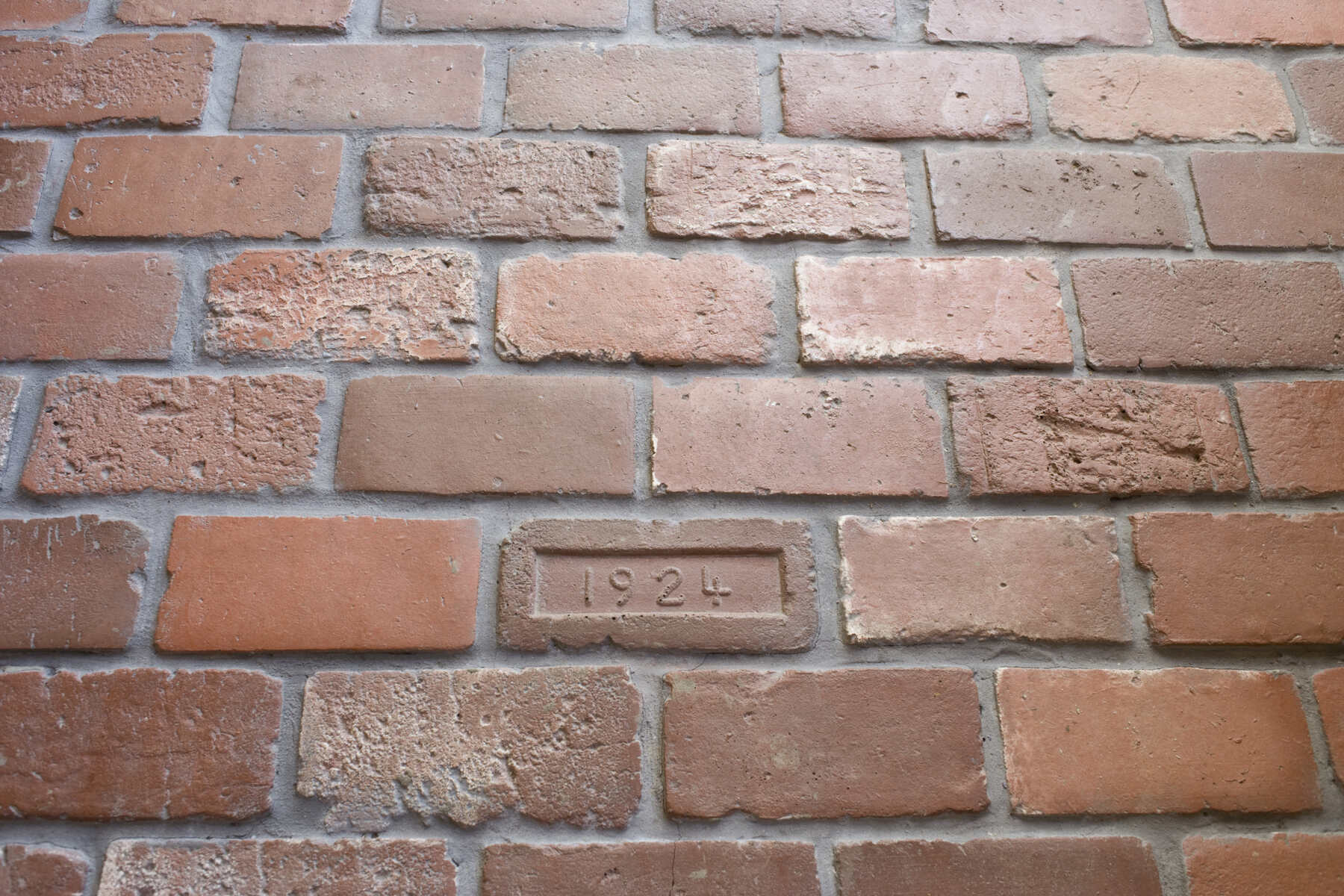
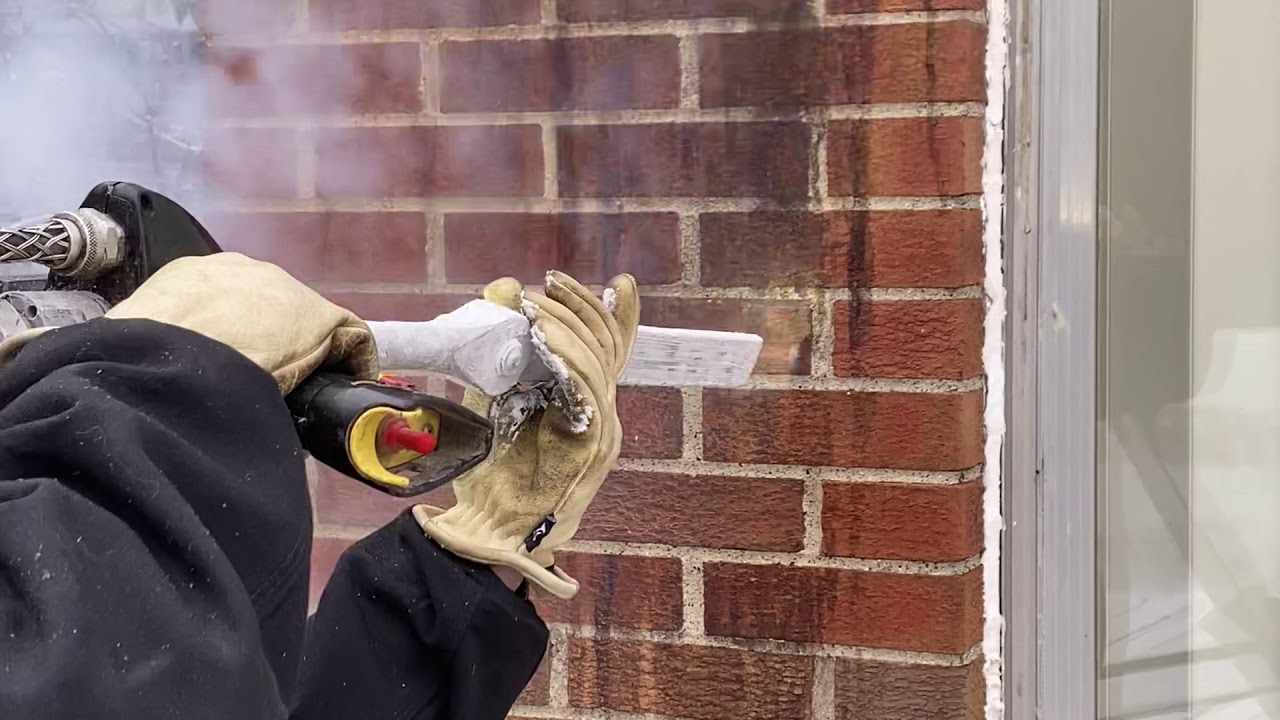
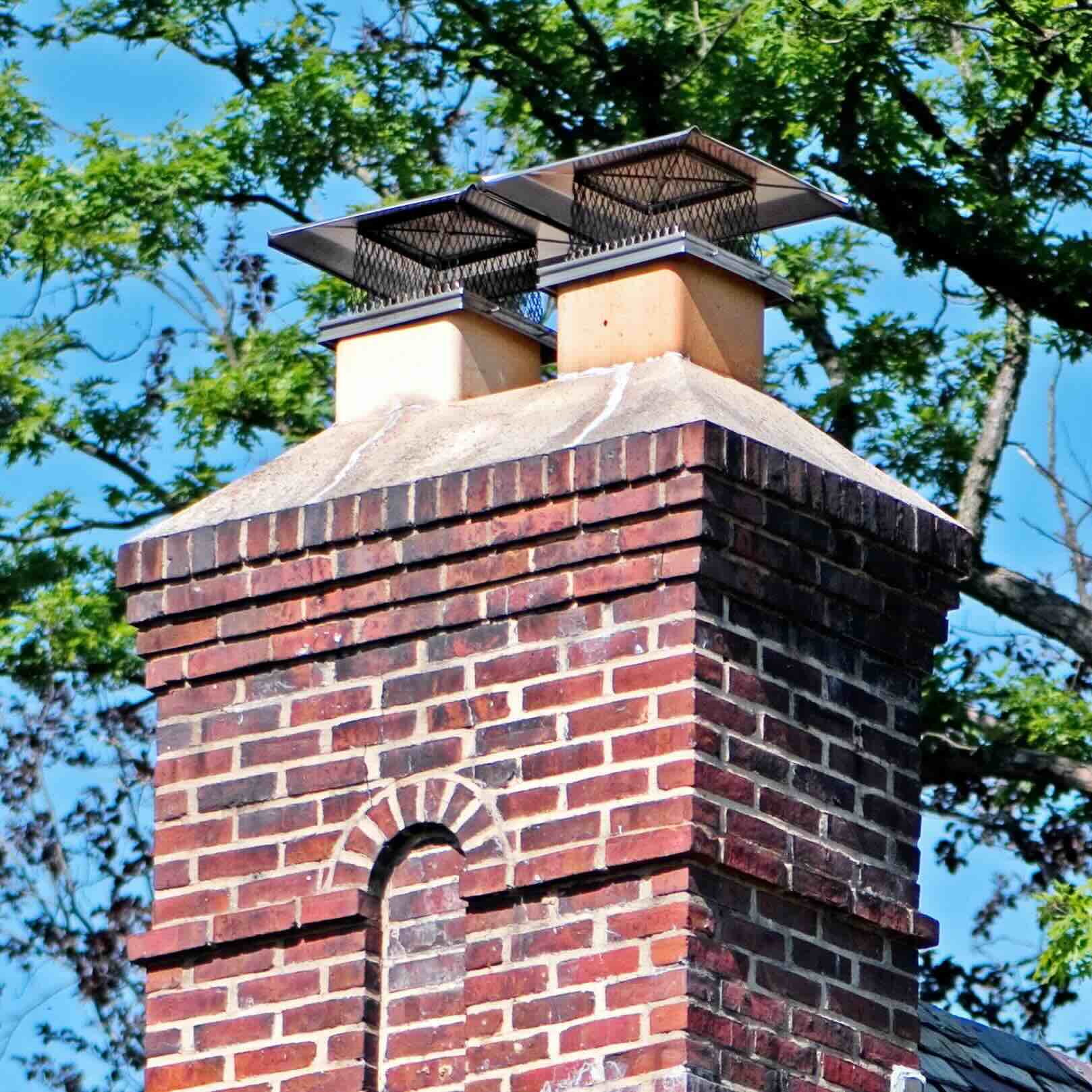
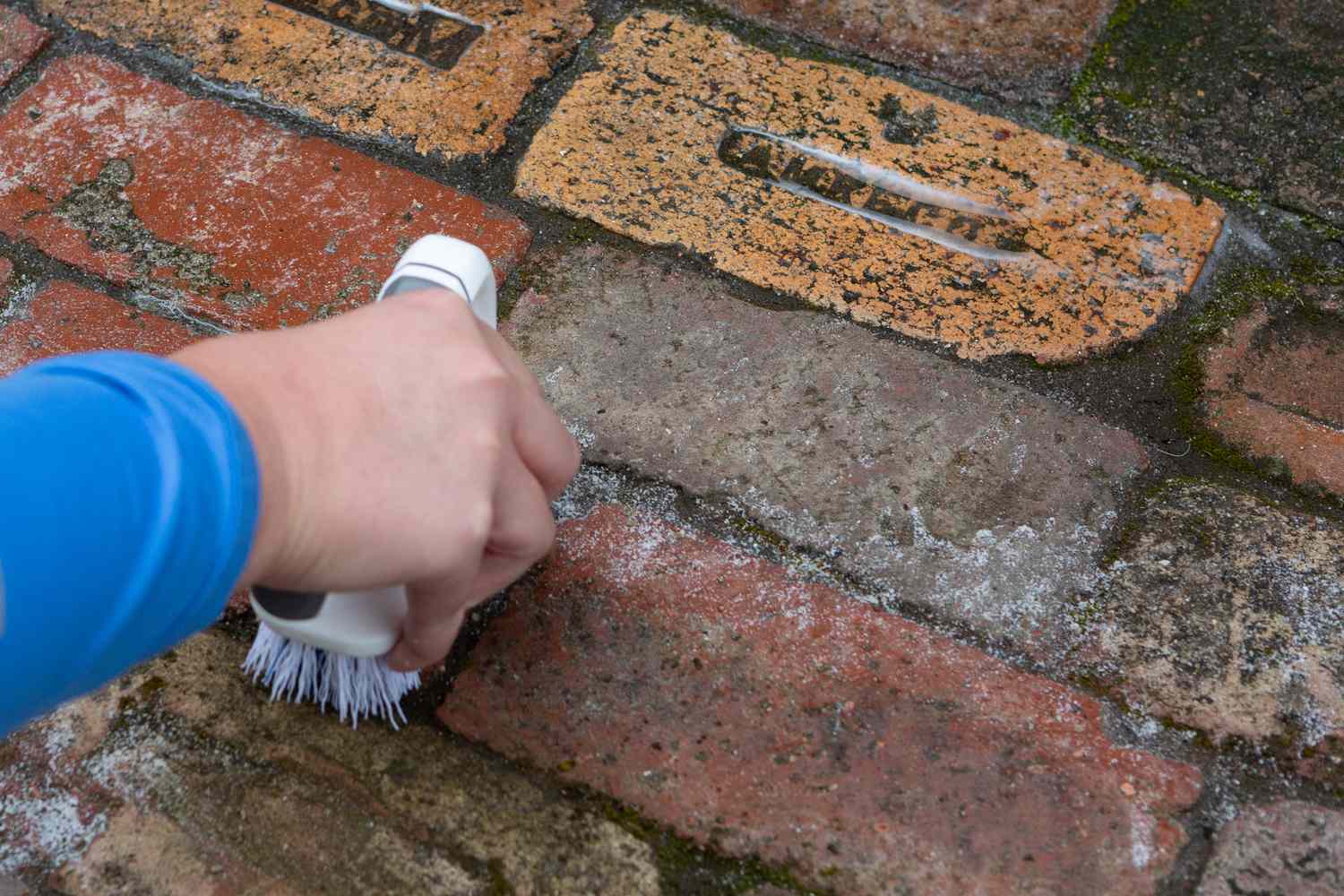
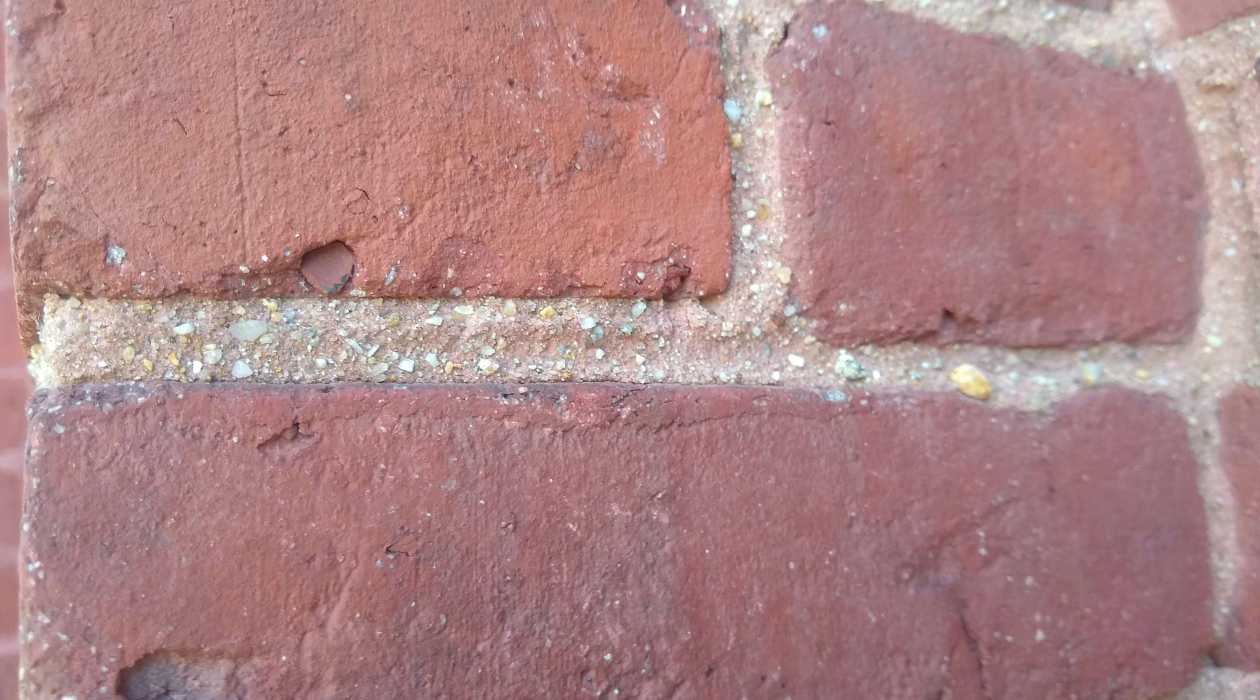
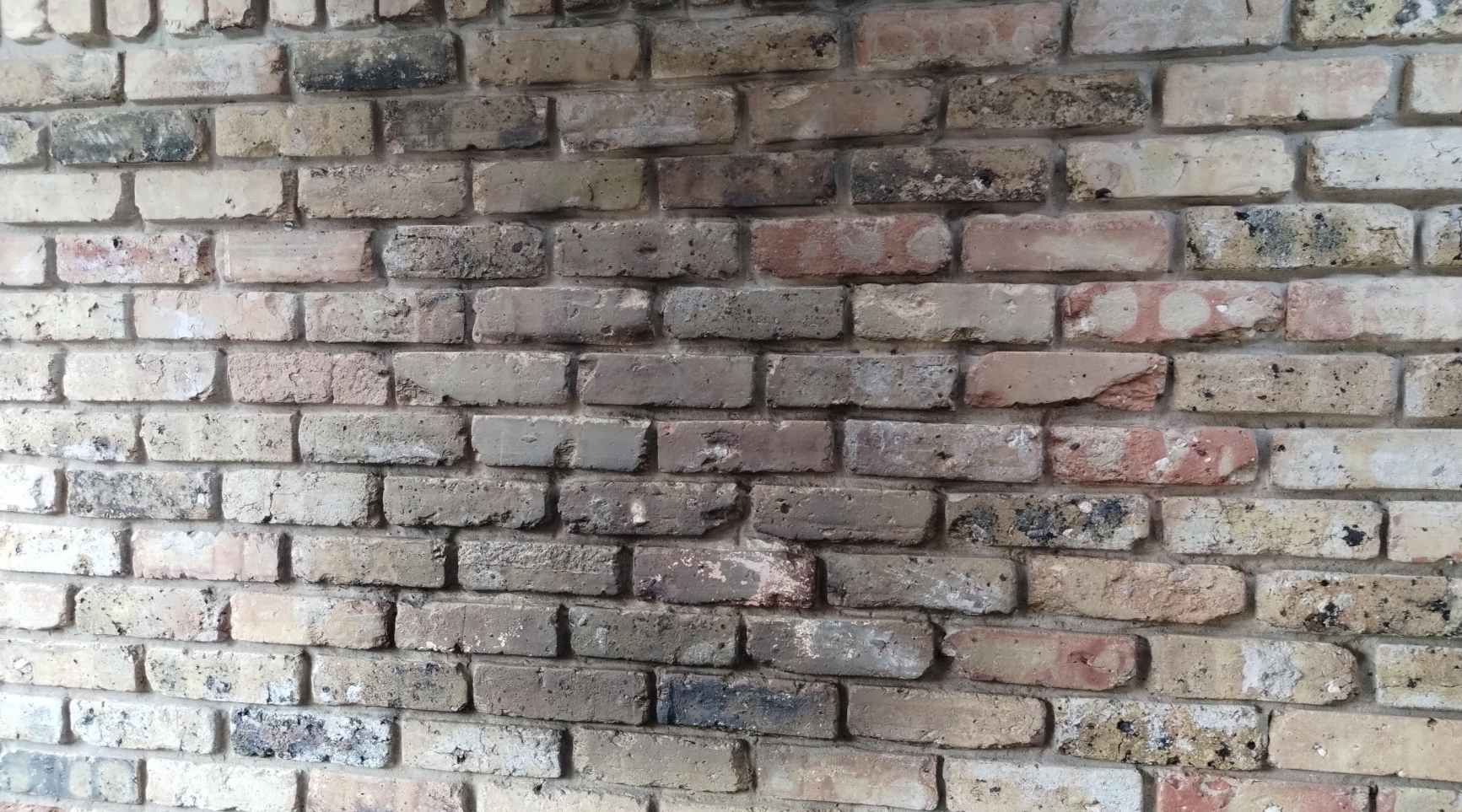
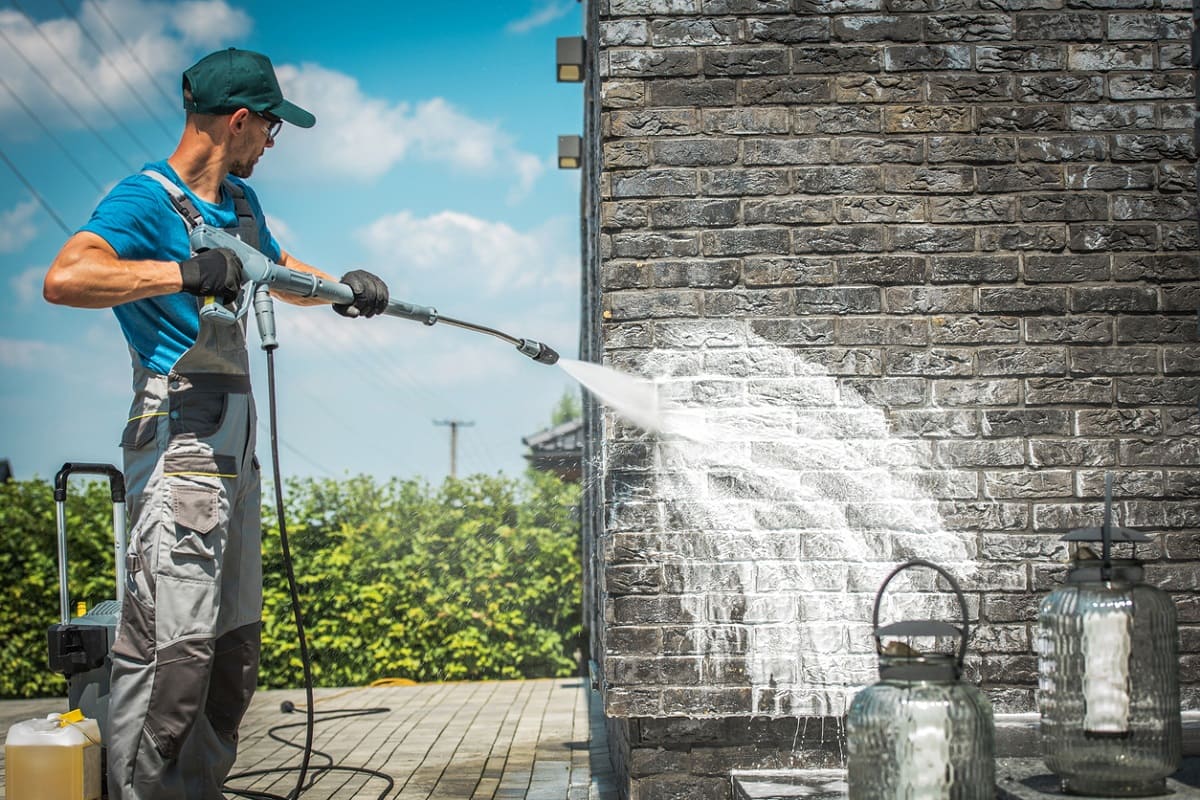
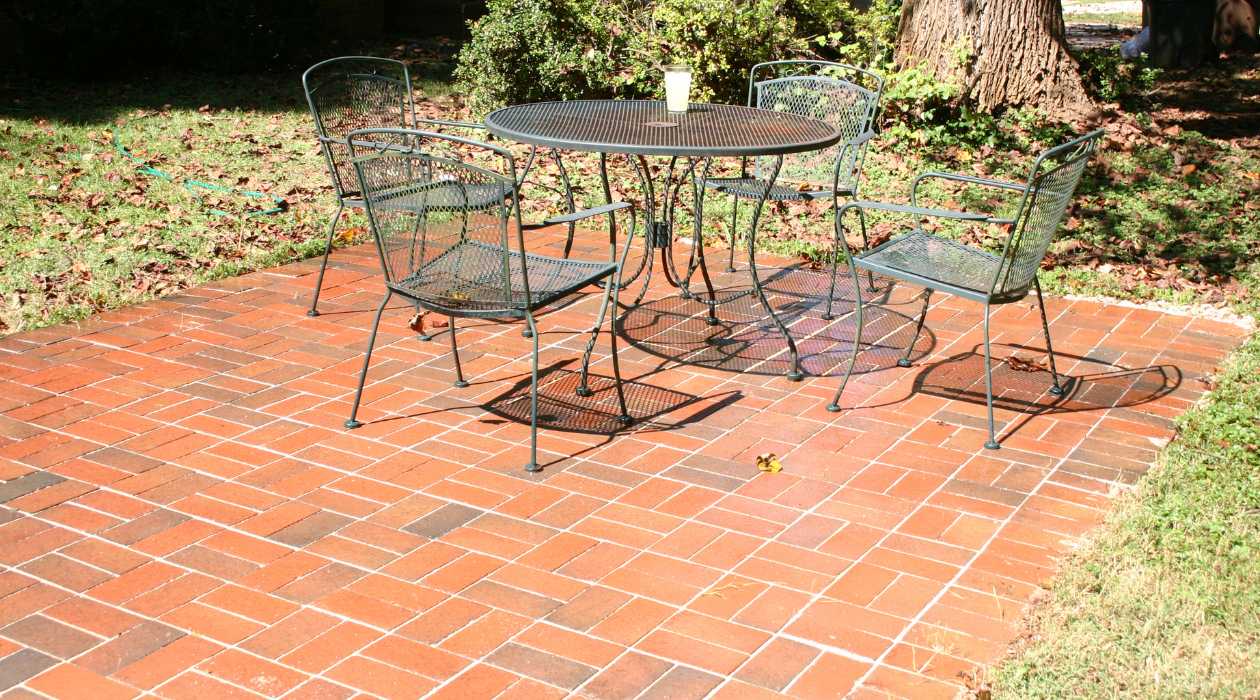
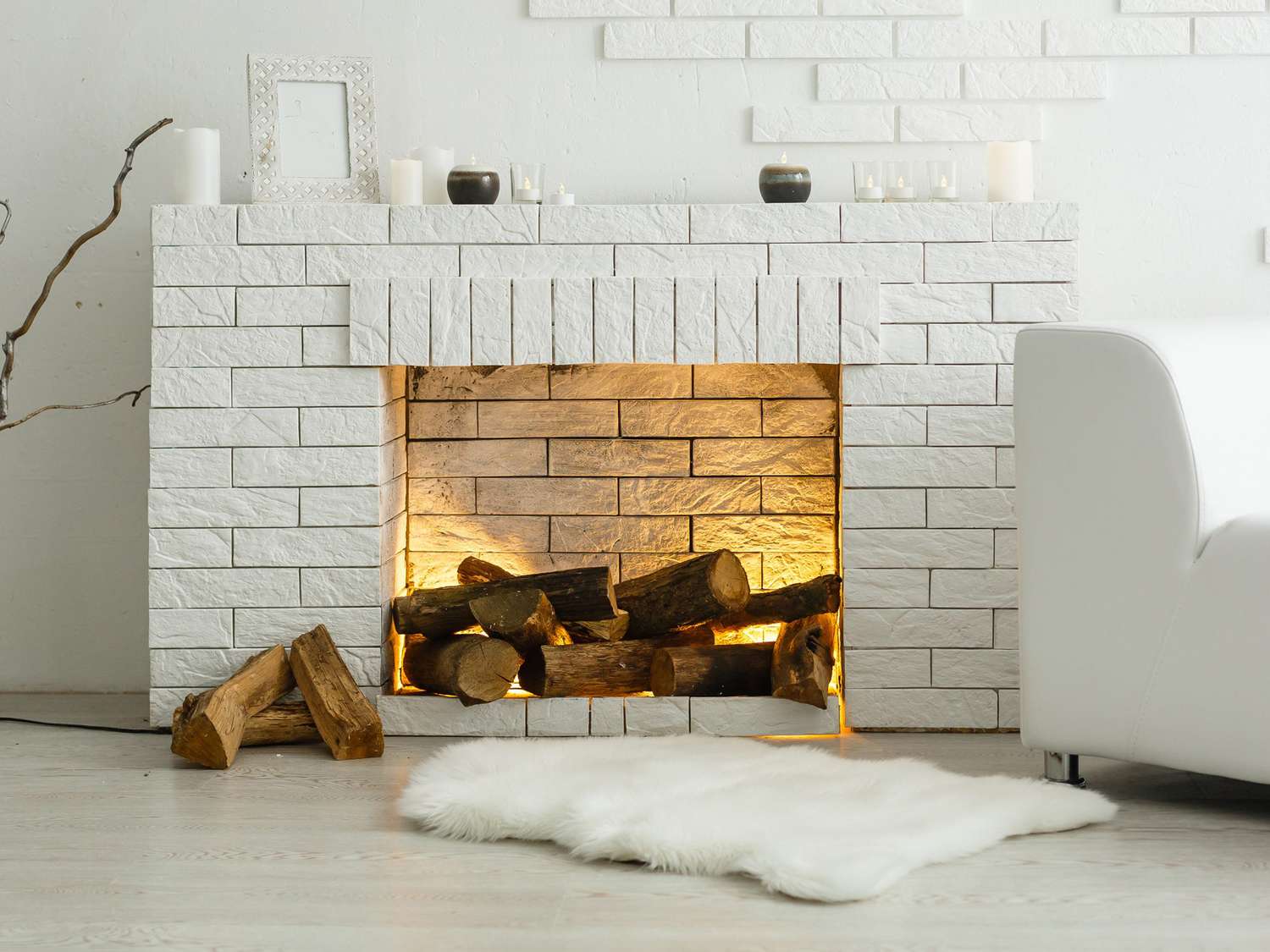


0 thoughts on “How To Clean Efflorescence Off Brick”